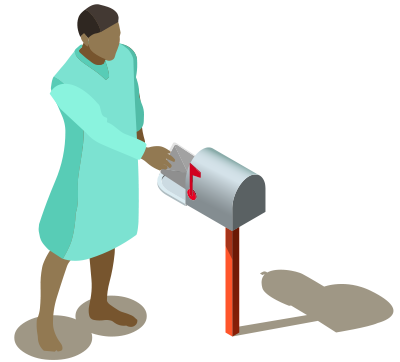
Explore This Issue
ACEP Now: Vol 37 – No 06 – June 2018ILLUSTRATION: Chris Whissen & shutterstock.com
It is no secret that emergency physicians have been unhappy about patient satisfaction surveys. While there is much evidence in the medical literature that the patient experience and patient clinical outcomes are interdependent, the surveys that have measured “patient satisfaction” have suffered from significant methodological flaws including:
- Too many questions leading to a poor response rate (anywhere from 3 to 17 percent, averaging around 10 to 11 percent).
- Inappropriate questions such as, “During your ER visit, did the doctors and nurses do everything they could to help you with your pain?” while in the midst of an opioid epidemic.
- An inappropriately small sample size leading to wide variation in scores and questions regarding statistical validity.
- A delay of six to eight weeks in the survey results, making the response to patient perception difficult in terms of performance improvement.
- The inability to give individual physicians actionable feedback unless the sample is gathered over six to 12 months, with too long a lapse by the time the physician receives feedback.
On top of those issues, use of the survey results by hospitals and physician employers has been problematic due to their decisions to implement:
- Physician credentialing based on patient experience as one of the criteria, when the sample size is far too small.
- Payment incentives based on ED patient satisfaction when physician communication and behavior is one of a multitude of factors, over most of which the emergency physician has little or no control.
History of Hospital Satisfaction Surveys
Patient satisfaction surveys have been in existence since the mid 1980s, and many physicians who were practicing at that time remember that even back then there was intense pressure from senior hospital leaders to improve patient satisfaction as a way to grow market share and build the financial bottom line.
More than 10 years ago, the Centers for Medicare and Medicaid Services (CMS) implemented the Hospital Consumer Assessment of Health Care Providers and Systems (HCAHPS) survey. This survey, on inpatients age 18 and older who are discharged home, has been the foundation on which other surveys, such as the Clinician and Group CAHPS survey (which measures patients seen in the outpatient clinic/physician office setting), have been built. For the past four to five years, CMS, utilizing the RAND Corporation, has been working on the government-sponsored ED survey, which now has a new name, the ED Patient Experience of Care (EDPEC) survey. While initial development included versions to be used for admitted as well as discharged patients, the survey in current development is only for patients “discharged to community” (DTC).
Pages: 1 2 3 4 | Single Page




One Response to “Influencing the Outcome of the ED Patient Experience of Care Survey”
June 22, 2018
Janice TitanoAre there any other members of the ED team invited to comment/propose to CMS?